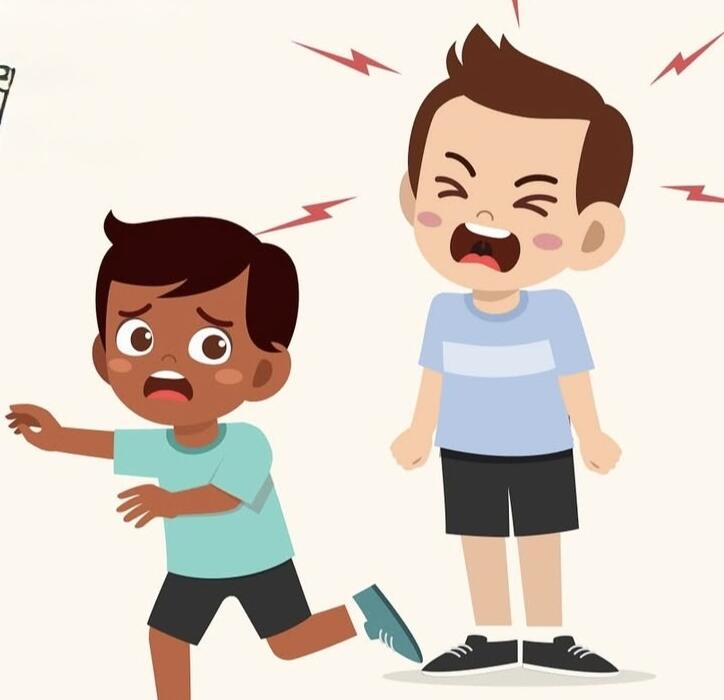The relationship between sleep bruxism (teeth grinding or clenching) and sleep-disordered breathing (SDB) in children is an area of growing research. Several studies have explored this connection, suggesting that these conditions may be interrelated, though the exact nature of their relationship remains under investigation.
Evidence Linking Sleep Bruxism and Breathing Difficulties in Children
- Association with Sleep-Disordered Breathing: Research indicates a significant association between sleep bruxism and sleep-disordered breathing, including conditions like obstructive sleep apnea. Children with these disorders often exhibit bruxism, which may be a response to airway obstruction during sleep .walshmedicalmedia.com
- Impact of Tonsillectomy and Adenotonsillectomy: Studies have observed a decrease in sleep bruxism in children following surgical procedures such as tonsillectomy or adenotonsillectomy, which are performed to treat respiratory disorders. This suggests that addressing airway obstructions may reduce bruxism symptoms .walshmedicalmedia.com
- Risk Factors and Sleep Behaviours: A systematic review and meta-analysis identified several sleep behaviours associated with bruxism in children, including snoring, mouth breathing, restless sleep, drooling, and inadequate sleep duration. These behaviours are often indicative of underlying sleep-disordered breathing .link.springer.com
- Polysomnographic Findings: Polysomnographic studies have shown that children with sleep bruxism may experience frequent arousals and alterations in sleep architecture, which can be indicative of underlying sleep-disordered breathing .academic.oup.com+1link.springer.com+1
- Orthodontic expansion, particularly rapid maxillary expansion (RME), has been explored as a potential intervention for children experiencing sleep bruxism and associated sleep-disordered breathing (SDB). The evidence base suggests that RME may offer benefits in these contexts
Orthodontic expansion, particularly rapid maxillary expansion, shows promise as an intervention for children with sleep bruxism and associated breathing difficulties. While preliminary evidence is encouraging, healthcare providers should consider individual patient factors and consult with orthodontic specialists to determine the most appropriate treatment approach.sciencedirect.com+2sciencedirect.com+2academia.edu+2
Mandibular advancement appliances (MAAs) and functional orthodontic appliances are increasingly recognized as effective treatments for pediatric obstructive sleep apnea (OSA), particularly in children with retrognathic (retruded) mandibles. These devices aim to reposition the lower jaw forward, thereby enlarging the upper airway and improving airflow during sleep.cochranelibrary.com+1myfaceology.com+1
Clinical Considerations
- Age and Growth Stage: The timing of intervention is crucial. Early treatment during the active growth phase can enhance the effectiveness of these appliances.
- Severity of OSA: MAAs are generally more effective in mild to moderate cases of OSA. Severe cases may require adjunctive treatments.ss.bjmu.edu.cn+3academic.oup.com+3academia.edu+3
- Compliance: Patient adherence to wearing the appliance as prescribed is essential for achieving optimal outcomes.
We have critically reviewed the body of evidence however we are striving to continue further high quality research in the area to ensure our patients are obtaining the best evidence based treatment at Fresh Smiles Orthodontic and airway specialists.
To find out more – book your free consultation aft Fresh Smiles Belmont, Geelong.

